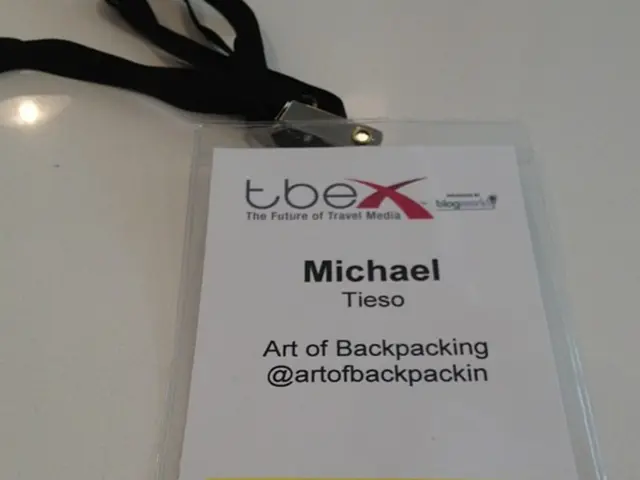Quantum Breakthrough: Light-Matter Interaction in Atomically Thin Semiconductors
A team led by Ji Zhou and colleagues has made a significant breakthrough in understanding the quantum optical properties of atomically thin semiconductors. Their research, focusing on tungsten diselenide (WSe2) flakes, has successfully applied the quantum Rabi model to explain the interaction between light and matter at the quantum level.
The team investigated the properties of monolayer, bilayer, and hexagonal boron nitride (hBN) capped WSe2. They found that bilayer WSe2 displays larger matrix elements and Rabi frequencies than its monolayer or hBN-capped counterparts. However, bilayer WSe2 also exhibits a significantly shorter decoherence time compared to monolayer WSe2. Interestingly, hBN capping extends the decoherence time in monolayers, with all measured parameters decreasing with increasing temperature.
The research demonstrates a clear connection between theoretical predictions of quantum optics and the behavior of light interacting with these atomically thin semiconductors. The team observed quantum effects in the way light excites electrons, specifically at the material's band edges. The observed optical responses closely match the predictions of the quantum Rabi model, a key theory describing light-matter interactions.
This work not only advances our understanding of quantum optics in 2D semiconductors but also paves the way for potential applications in quantum technologies. The ability to control and manipulate light-matter interactions at the quantum level could lead to advancements in quantum computing, sensing, and communication.








